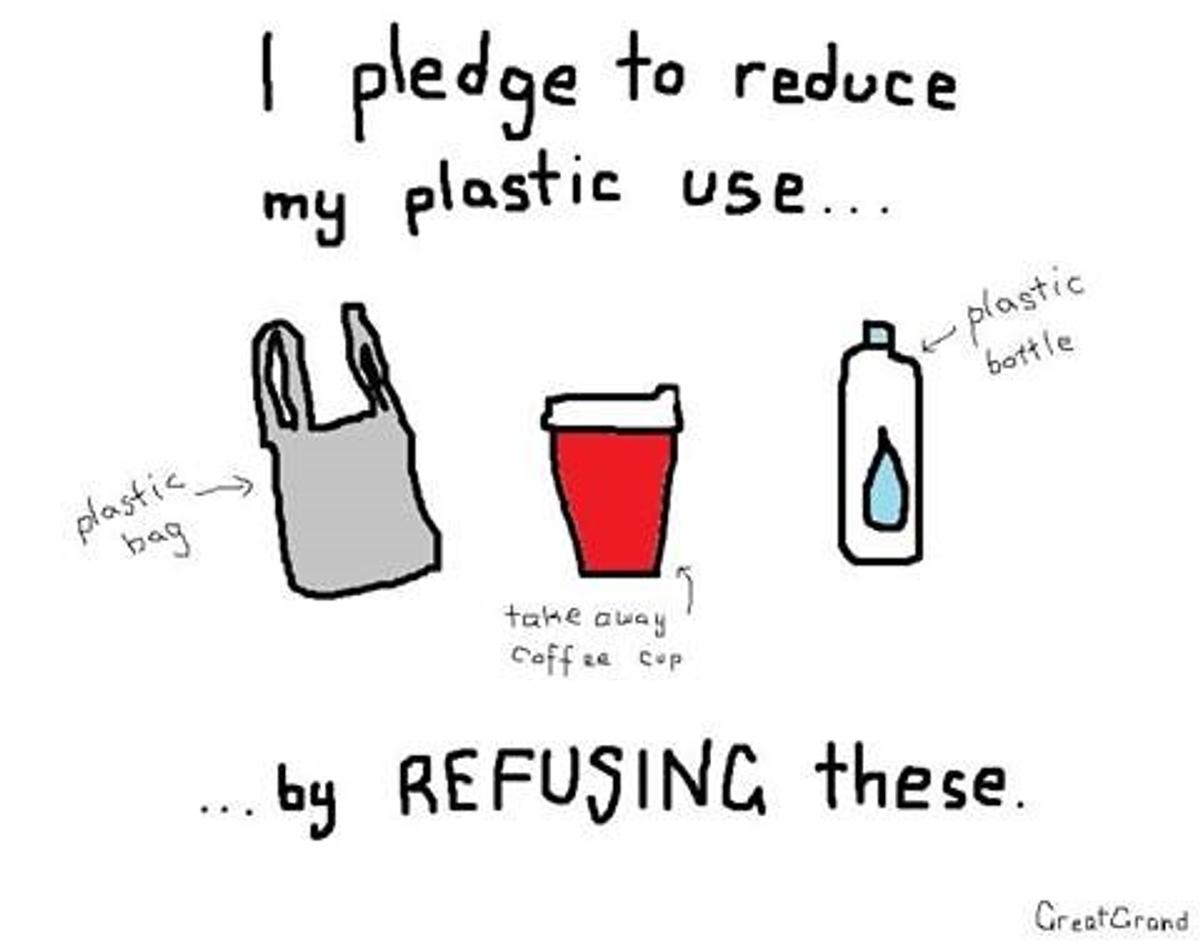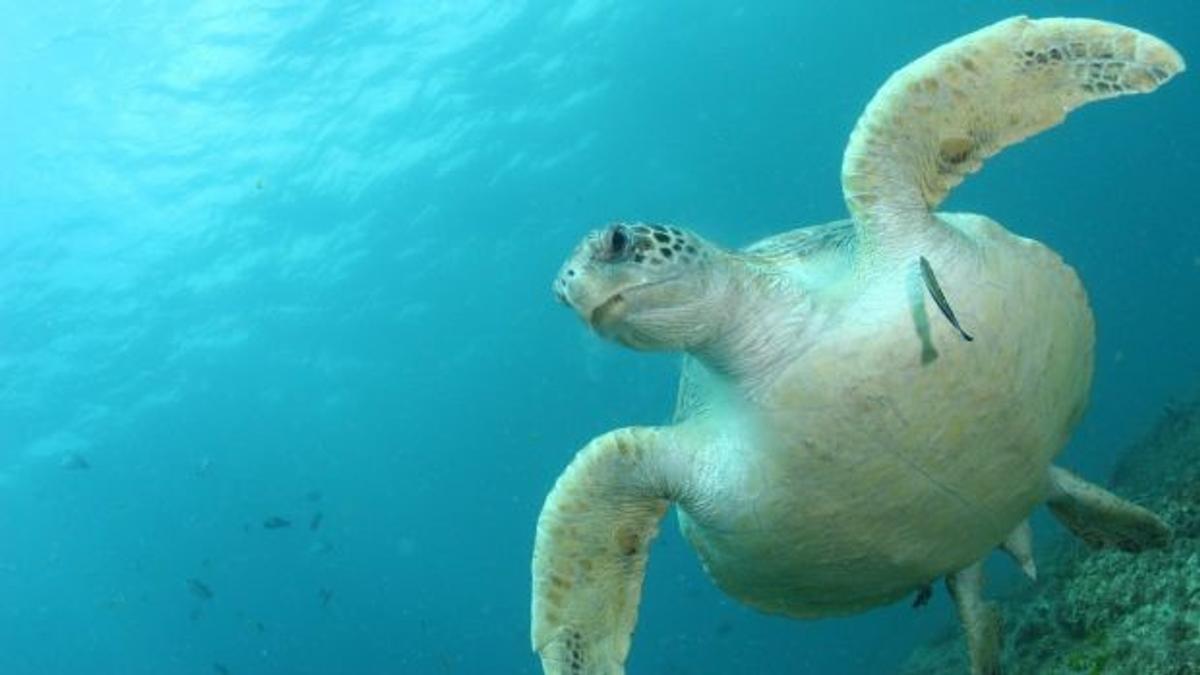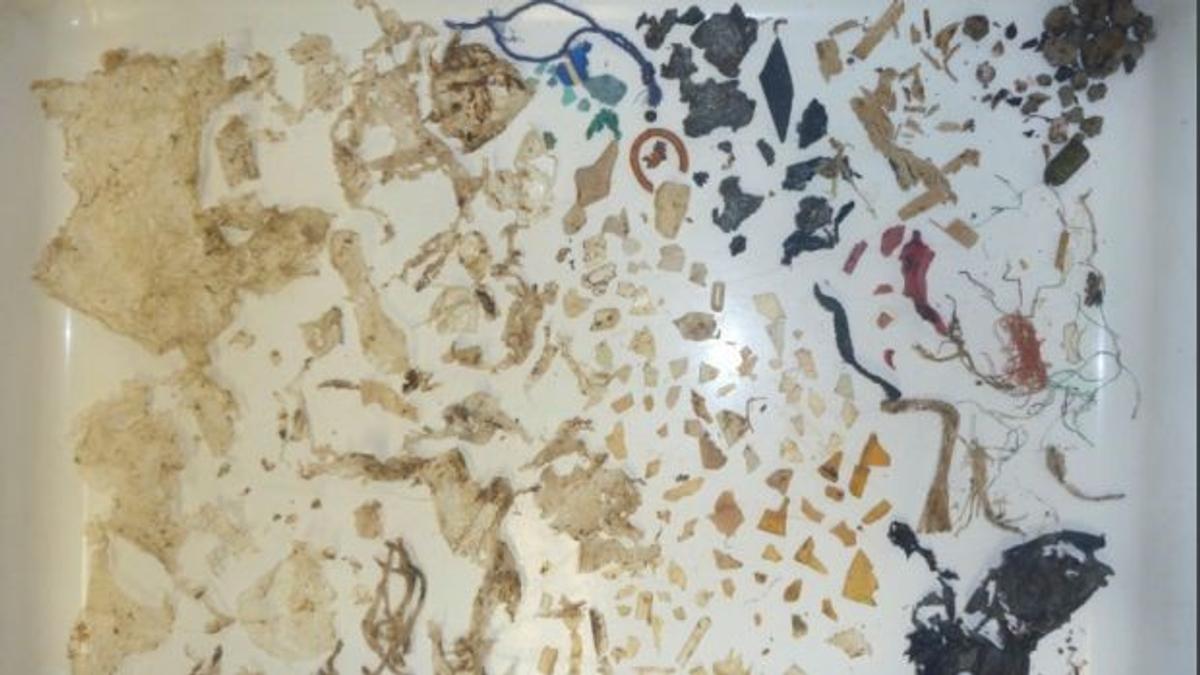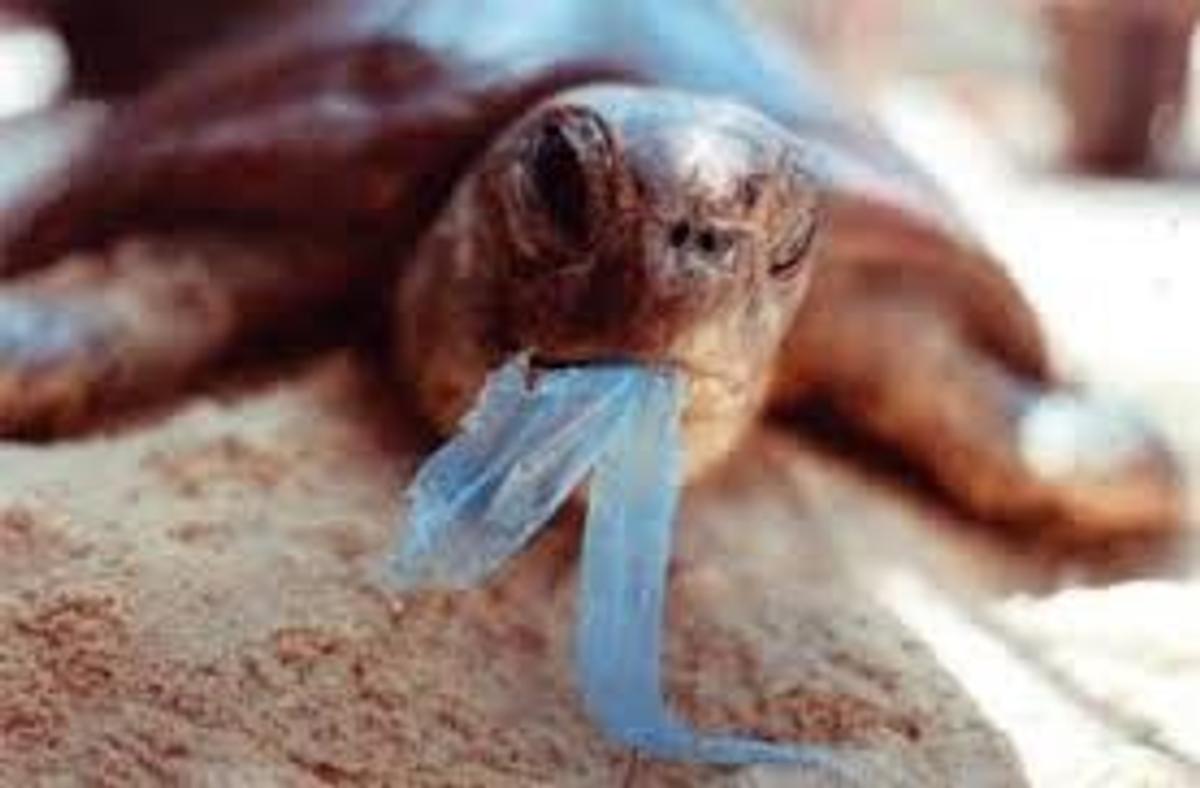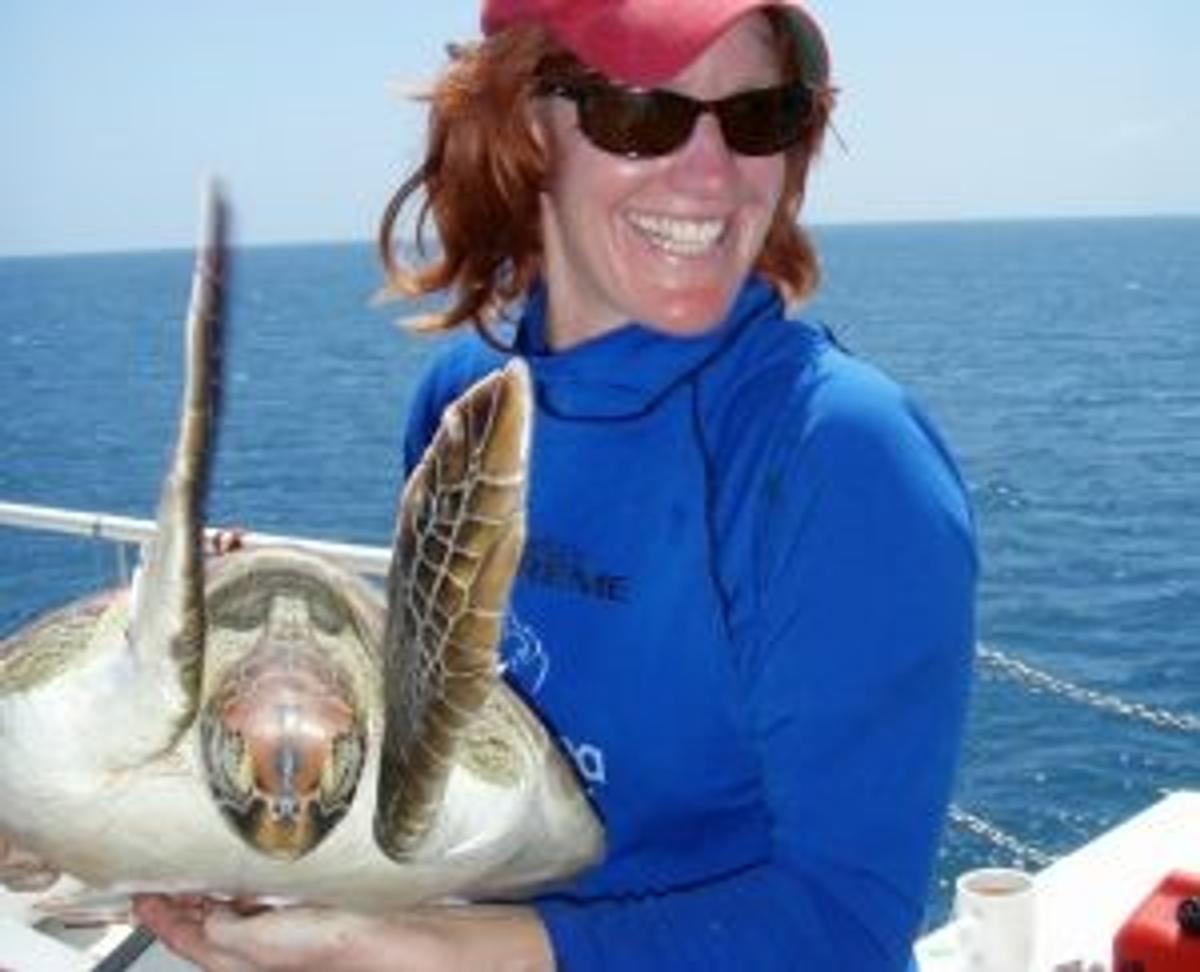PLASTIC FREE JULY
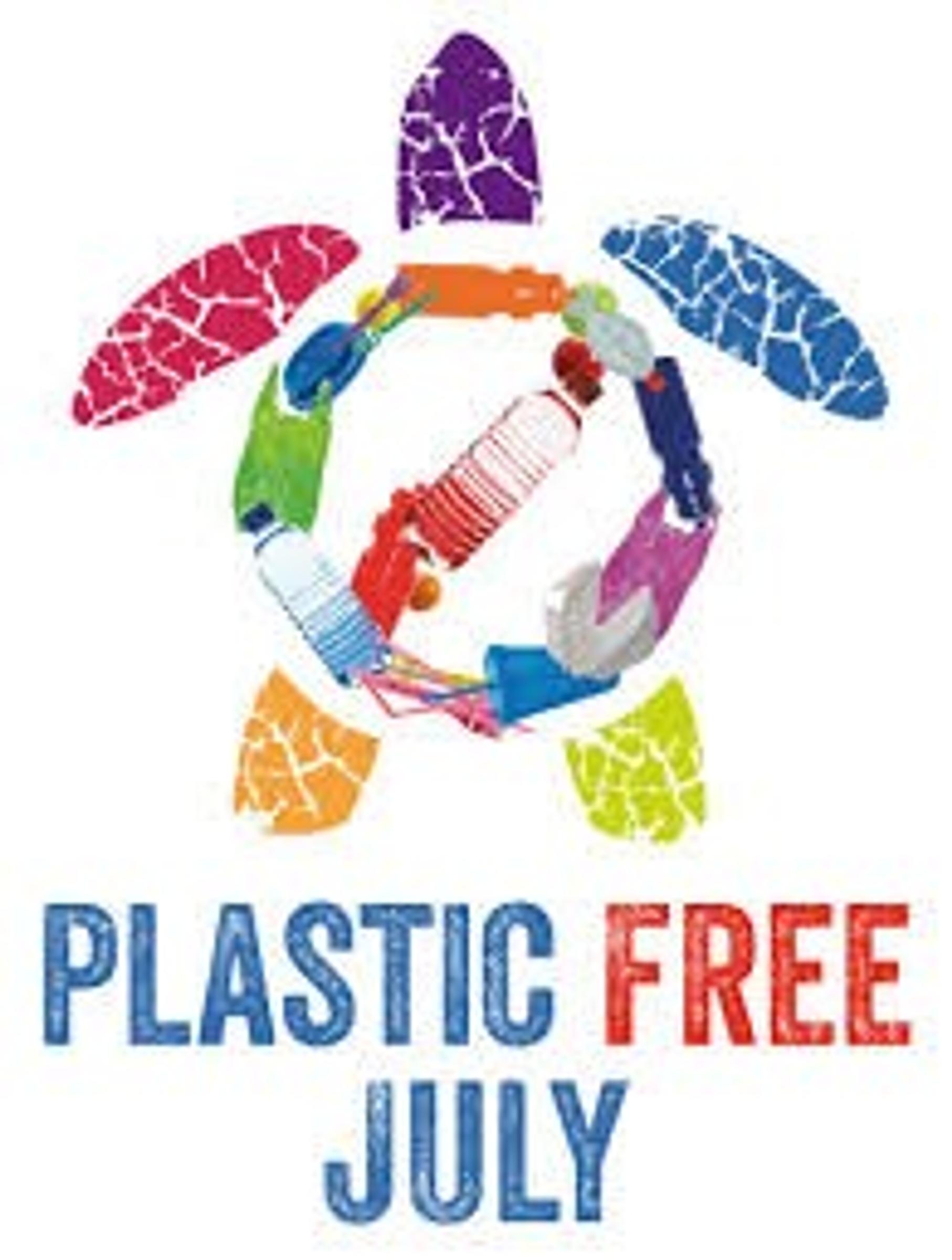
The Environment Team would like to see as many staff, students and parents think about their disposable plastic use by taking part in PLASTIC FREE JULY.
We are asking families to pledge to:
- Say No to straws
- Say No to takeaway coffee cups ( BYO Keep cup)
- Say No to single use plastic bags in supermarkets ( BYO reusable bags)
- Reduce packaging of food ( BYO lunchboxes)
Why are we doing this?
- Plastics break up, they don’t break down….
- In the ocean, the fragmented plastics are being mistaken as food by fish, sea birds and sea creatures…having slow and painful deaths,
And a build -up of toxic plastic in their systems
- Plastics never disappear…just get smaller
- Coffee cups that seem to be made of paper actually contain a hidden lining of PLASTIC to make them water proof
If you would like to pledge, please either go to PLASTICFREEJULY.ORG
Or email the school, attention K. Balson, and we’ll add you to our list…
THE AGE, September 2015
Plastic takes toll on turtles by Andrew Darby
Photo : Katthy Townsend
- They are the slow ocean roamers, the harmless friends of a nervous snorkeler, and the growing victims of plastic pollution. An international study estimates more than half of the world's marine turtles carry a burden of plastic debris; a finding underscored by the contents of one Australian turtle's stomach.
Plastic, string and sharp chips have been found to contribute to the death of a green turtle off Queensland.
Laid out on a laboratory bench are plastic bag and balloon fragments, string, packing strap and sharp chips. All contributed to the death of this green turtle off Queensland's Moreton Bay.
"It's horrific," Qamar Schuyler, of the University of Queensland, said on Wednesday. "You start pulling pieces out and it just goes on and on."
Photo: Qamar Schuyler
Fatal plastic: The contents of an Australian green turtle's stomach.
Plastic ingestion can kill turtles by blocking the gut or piercing the gut wall and can cause other problems through the release of toxic chemicals into the animals' tissues.
As little as half a gram of plastic could be fatal, Dr Schuyler said.
"Turtles like this are typically emaciated," she said. "It's terrible not only that it has suffered, but that it has suffered in this way."
Australian turtle researcher Dr Qamar Schuyler and her colleagues undertook a global survey of the risks faced by marine turtles from up to 12 million tonnes of plastic entering the oceans each year.
Their study published in the journal Global Change Biology found some of the world's most at risk turtles lived off the east of Australia, North America and southern Africa.
"The results indicate that approximately 52 per cent of turtles worldwide have eaten debris," Dr Schuyler said.
At highest risk is the olive ridley turtle, which often feeds on jellyfish in the open ocean where debris accumulates in circular currents called gyres.
The findings underscore the extent of the global marine plastics crisis.
"You start pulling pieces out and it just goes on and on."
Qamar Schuyler
Another study by the CSIRO'S Chris Wilcox recently found more than 60 per cent of seabird species had ingested debris.
"It is only a matter of time before we see the same problems in other species, and even in the fish we eat," Dr Wilcox said.

